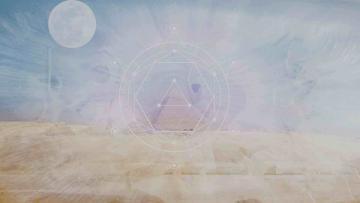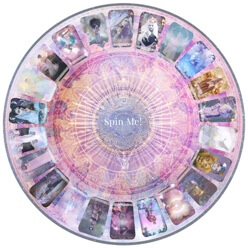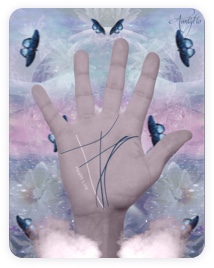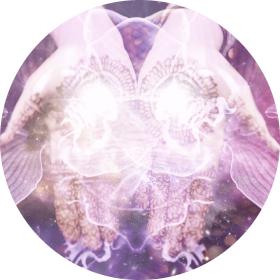NeoPagan

Uncover hidden spiritual meanings
The revival of old traditions but practiced with modern twists. Neo-Pagan is a tem that distinctly means ‘new pagan’ as in not the rural country dweller that once was used to describe pagans.
The term Neo-Pagan is a term which was coined in the 1970’s as a result of a newfound interest in matters of earth based spirituality and the occult.
These religions or belief systems are reconstructions of old and Pagan belief systems including Celtic, Norse, Greek, Roman, Egyptian and others. It is a revival of old traditions but practiced with modern twists. Neo-Pagan is a theme that distinctly means ‘new pagan’ as in not the rural country dweller that once was used to describe pagans.
The belief system of many Neo-Pagans are often pantheistic, that of believing in or worshipping many gods or goddess and a common belief in the creative energy which fuels all of life by celebrating the cycles of the Earth in the seasons. The Druidic religion is an example of a neo-pagan belief system which is based on the faith and practices as well as the symbols and beliefs of the ancient Celtic class.
Many Wiccans also consider their origins in an pre dark ages Europe.
Because of the considerations for the separation of church and state, the U.S. Government doesn’t have an official list of recognized religions but both Canada and the U.S. register religious groups which are tax-exempt for the purpose of granting clergy the rights to conduct ceremonies.
The neo-paganism refers to the identity of a wide variety of modern religious movements which are influenced by pre-Christian Europe traditions. It covers beliefs which range from pantheism, animism, to polytheism. Many of the traditions include magical or occult elements when they practice and in their beliefs. Most of the Neopaganism celebrates the seasons and the cycles of nature in one way or another.
The Root of Neopaganism
The Renaissance and the reintroduction of Classicism and the resurgence of interests in Graeco-Roman polytheism is what brought about the Neopaganism. The old Norse and old Gaelic literature were discovered during the romantic movement of the 18th century; there was also renewed interest in occultism and folklore and the use of popular literature themes nationalism rising. The Druidic movement was established in Britain as early as 1717.
An interest in the Germanic paganism cropped up in the 19th century when there was the Viking revival in Scandinavia and the British Isles and the Volkisch movement in Germany. At the end of the 19th century, there was the introduction of movements. The Hermetism Rosicrucianism and Qabalah were introduced in the 20th century and it incorporated several writers and artists. This means that the Neopaganism has been in existence for quite a long time and that is why its membership is high.
Ancient paganism was revived in the1950s by Gerald Gardner and other traditional witchcraft, which came to be known as Wicca. Currently, the various Wicca traditions comprise the movement of pagans which is the largest in the world. In the 1970s feminism was brought into Wicca and the formation of such traditions such as the Dianic Wicca came about. In the 1980s, several festivals and gathering were done in public and thus creating awareness of the presence of Wicca tradition. Counterculture and new age influenced Wicca, thus groups which were eclectic cropped up, further diversifying Wicca.
Countries which are witnessing contemporary Neopaganism include the USA, Britain, Scandinavia, Greece, Northern Europe, and Russia. It is believed that over one million Neopagan follows are available across the globe.
There are several non-Wiccan traditions which are available and have become very popular in modern times. Examples of such include the Neopagan movement in Scandinavia, which has been in existence since the 1970s, Asatru. It is a movement which was inspired by Germanic polytheism, Norse paganism in particular. There is another one which is referred to as Stregheria and it’s a witchcraft practice which is a revival of ancient Italian and of late, it is gaining popularity in the United States of America.
It is believed that, claims that Neopaganism is a growth of other forms of paganism cannot be justified as most of the Neopagans, apart from drawing inspiration from old paganism, also incorporate modern traditions such as Buddhism and Christianity in their practice. The Neopaganism has beliefs which are undogmatic and they are never exclusive; other faith can be practiced in parallel with it.
We hope you liked this article. Please support us by liking us on Facebook. Thank you in advance.
By Florance Saul
Oct 2, 2012







